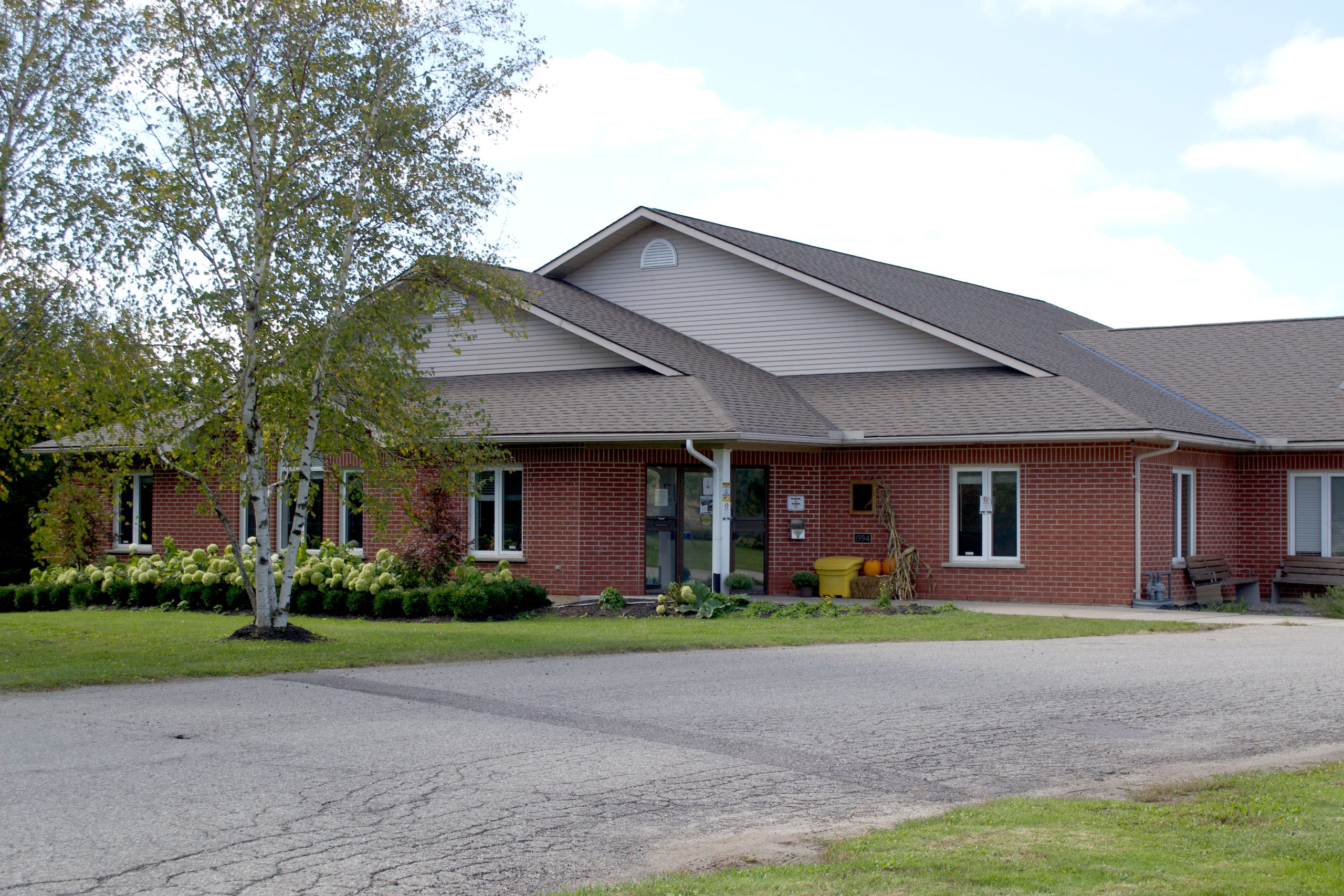ERIN – A report presented to Erin council identifies $9.7 million in culvert and bridge work, set to be completed over the next 10 years.
In a Jan. 27 meeting, council reviewed an inspection report prepared by the town’s director of infrastructure services Nick Colucci which identified the current state of infrastructure for the town’s bridges and culverts.
The report also established a 10-year capital plan for bridge and culvert repair, rehabilitation and replacement.
Last year, the town retained R. J. Burnside and Associates Limited to undertake the inspection of 45 municipal bridge and culvert structures, which Colucci noted was delayed due to the pandemic.
In accordance with the Ontario Structure Inspection Manual, all bridge and culvert structures with spans of three metres or greater are required to be inspected every two years.
The inspections assessed their condition, identifying any material defects, performance deficiencies, maintenance needs, and additional repairs/rehabilitation work required on a structure by structure basis, the report noted.
Following the inspections, the report recommended three types or remedial actions based on the condition of each structure: routine maintenance, additional investigations and capital works.
The capital works costs were broken down into three separate timeframes: less than one year ($3,196,000),one to five years ($3,615,000), and six to 10 years ($2,875,000).
The total estimated cost for repair, rehabilitation or replacement is $9,686,000.
In most cases, routine maintenance can be completed by town staff, according to the report. The total estimated value for the maintenance work is $99,750.00 and covers 41 different structures.
The report noted some of the additional investigations can be completed in conjunction with the next inspection in two years.
Eight additional investigations were recommended with a total estimated value of $102,500.
“The important thing is to look at the number of bridges that are in fair to poor condition, those are the ones that will need work,” Colucci explained in the meeting.
He said currently, only approximately 53.2 per cent of the town’s structures are within “good” condition, which he noted is a bit of an improvement from the town’s last report.
Of the remaining structures, 40.4% were classified as “fair,” and 6.4% were classified as “poor.”
“The poor has actually gotten smaller and the fair and the good have increased, so that’s also a good sign,” he explained. “It shows that we’re keeping with up with our assets and our completion of work.”
Three recommendations for bridge replacement work has been proposed for 2022:
- a feasibility study for the full replacement of the 3rd line bridge, at an estimated cost of $12,500;
- the design replacement of the bridge on Sideroad 17, estimated at $75,000; and
- bridge replacement construction at an estimated cost of $450,000 on Sideroad 24.
The report also outlined a 10-year capital plan based on the town’s typical capital expenditures on bridges and culverts over the last few years, which amounts to $5,162,500 in capital expenditures.
Referring to the budget, councillor Michael Robins voiced concerns about the process around changing project priorities based on recommendations from the inspections.
Colucci noted some items set to be completed have already been budgeted for and may not be included in an upcoming year’s budget.
“That’s one of the issues about having a capital plan,” Robins responded. “There’s not a capital plan, because usually a capital plan you have how much you’re going to spend on a particular activity in the year as opposed to what you’re going to approve.”
He referred to a culvert in the report projected to be completed in 2027, asking why it’s in the plan approval if the town has another five years to deal with it.
“Is that because we approve it now and work on it later? Then you lose visibility and you’ve got a bunch of stuff you’re working on that outside of this council’s purview,” he said.
“You’re spending money that the next council is not going to approve,” he added. “So I’m just curious as to how that works if we have approved 2027 yet, you may not start working on it for the next three or four years.”
Colucci said it was a two-part process, noting there’s some engineering reviews that have to be done now to determine how much work will have to be done later.
“So that’s why there’s some money in the budget this year, so that we can do those,” he explained. “There’s a deck review, there’s some minor repairs.
“Then of course, the full reconstruction will be budgeted later, but [what] I’ve already budgeted now is to do the initial work to determine what the full cost will be for reconstruction.”
Councillor Jamie Cheyne also pointed out Station Street Bridge was budgeted the year before but not completed until now, asking if it was an environmental assessment backlog or if the town is behind on most big projects.
“Not that we’re behind, it’s just that the process,” Colucci responded. “The design process is taking a little bit longer now.
“Some of it is due to COVID, some of it is just due that the regulatory agencies take a lot longer,” he added.
“It’s optimistic to think that we could start designing a bridge and tender and build it in the same year, it’s a much longer process than that.”




